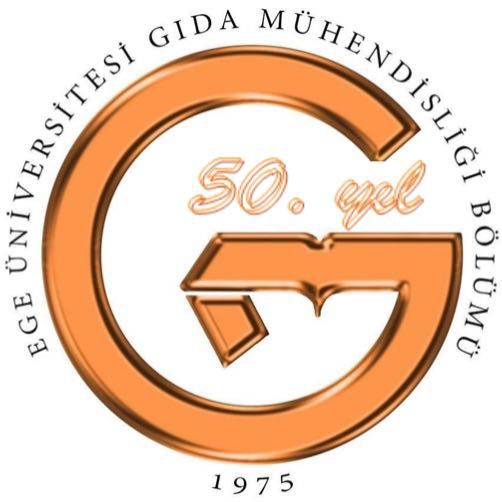Nutrition
General Introduction
The journey of food from production to consumption is a highly complex process. Food processing began 2 million years ago with our ancestors' discovery of cooking. This was followed in prehistoric times by fermentation, drying, curing, and preservation with salt. The technologies that emerged from this experience form the basis of modern food processing methods. The development and improvement of this foundation have been addressed in recent years with an approach that prioritizes the preservation of the nutritional and quality characteristics of food. Compared to foods produced in the past, today's foods are healthier, more nutritious, safer, tastier, more diverse, and more accessible. The process food undergoes from production to consumption includes stages such as agricultural production, harvesting, raw material supply, storage, food processing, transportation, distribution, service, and home preparation. The success in today's food science and technology has been achieved through the combined use of many disciplines. These disciplines include biology, chemistry, nutrition, physics, microbiology, engineering, material science, toxicology, biotechnology, genomics, and computer science. Through the collaborative work of all these disciplines, challenging problems such as overcoming nutrient deficiencies or increasing food safety can be solved
In nutrition science, an interdisciplinary field, understanding food, being knowledgeable about applied food processing methods and their effects on food components, and informing and guiding consumers and the food industry on food consumption patterns and dietary habits provide a significant advantage. For this reason, food engineers who receive nutrition education can effectively address common prejudices and misunderstandings about food, food processing, and health. They can identify nutrients and bioactive compounds sensitive to processing during food production and optimize the applied processes, enrich food with vitamins, minerals, and bioactive compounds, increase the bioavailability of nutrients and bioactive compounds, and create food formulations that reduce disease risk and positively affect health. Additionally, they graduate with the competency to prepare food and/or food formulations for health problems such as diabetes, celiac disease, and hypertension
The Nutrition Department contributes to food engineers gaining these competencies through undergraduate courses like Nutrition, Food Biochemistry, and Optimal Nutritional Approach in Food Product Development, and graduate courses such as Nanotechnology Applications in Functional Food Science, Effect of Food Processing on Bioactive Food Components, Nutritious and Healthy Food Design, Omics in Food Science, Enrichment of Foods with Bioactive Compounds, Future Foods, and Alternative Approaches for Reducing Food Energy. The faculty members and research assistants of the Nutrition Department who teach these courses are experts in Food Science and Nutrition, functional foods and components, bioactive food components, bioaccessibility of nutrients and bioactive components, in vitro digestion and in vitro analyses, and nutritional values of foods.
Members
Assoc. Prof. Dr. Şebnem Şimşek
Research Assistants
Res. Assoc. Dr. Hülya İlyasoğlu Büyükkestelli
Useful Links
The International Food Information Council ificinfo.health.org/index2-4.htm
USDA: Food and Nutrition Service www.fns.usda.gov/fns
US Government Healthfinder www.healthfinder.gov
FDA Search www.fda.gov/search.html
USDA Search www.usda.gov/search/index.htm
About.com: Nutrition nutrition.about.com
Arbor Nutrition arborcom.com
USDA Dietary Guidelines www.nal.usda.gov/fnic/dga
American iabetes Association www.diabetes.org
International Food Information Council ificinfo.health.org/infofsn.htm
American Diabetes Association www.diabetes.org
NIH Osteoporosis and Related Bone Diseases National Resource Center http://www.osteo.org
The International Food Information Council Ificinfo.helath.org/index.htm
Mayo Clinic Nutrition Center www.mayohealth.org/mayo/common/htm/dietpage.htm
WIN: Weight Control Information Network www.niddk.nih.gov/health/nutrit/win.htm
National Institute of Health www.nih.gov/od/oar










